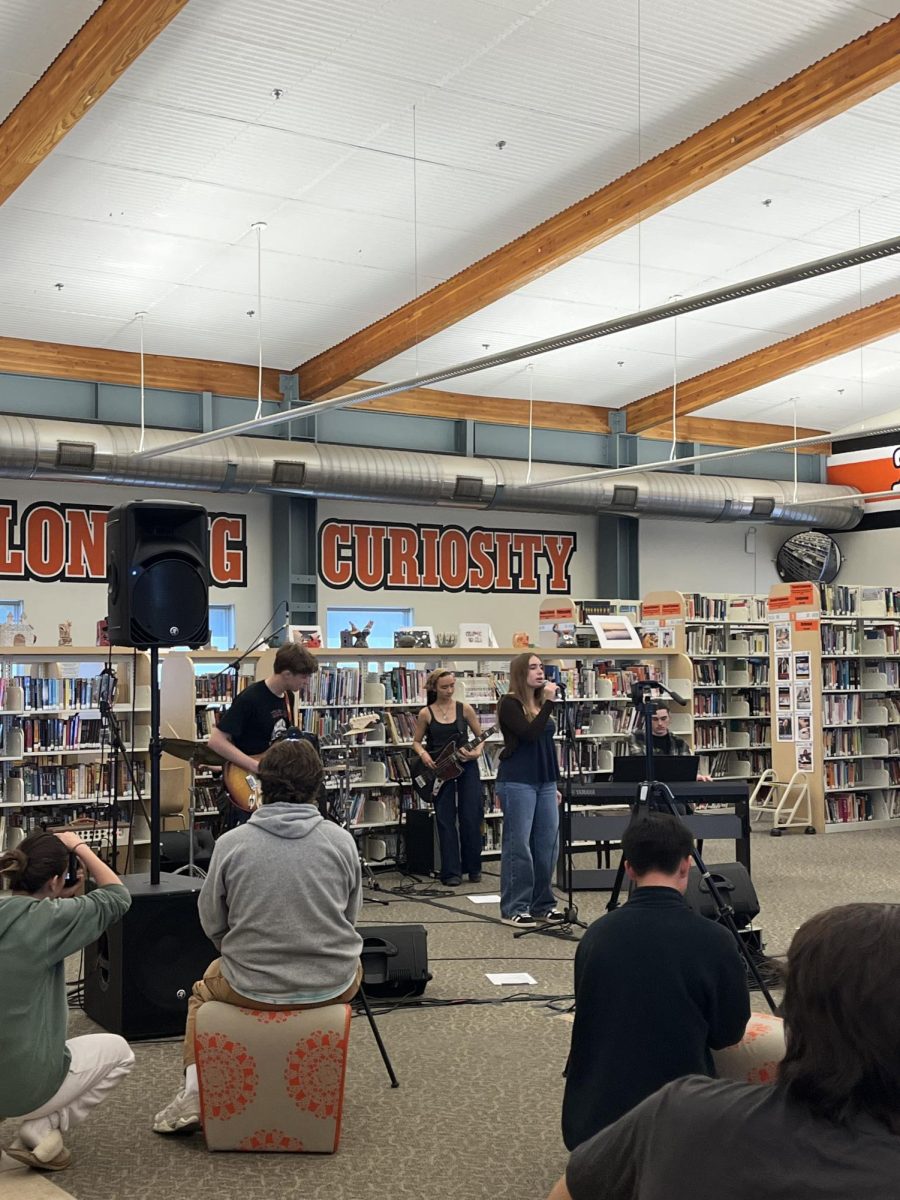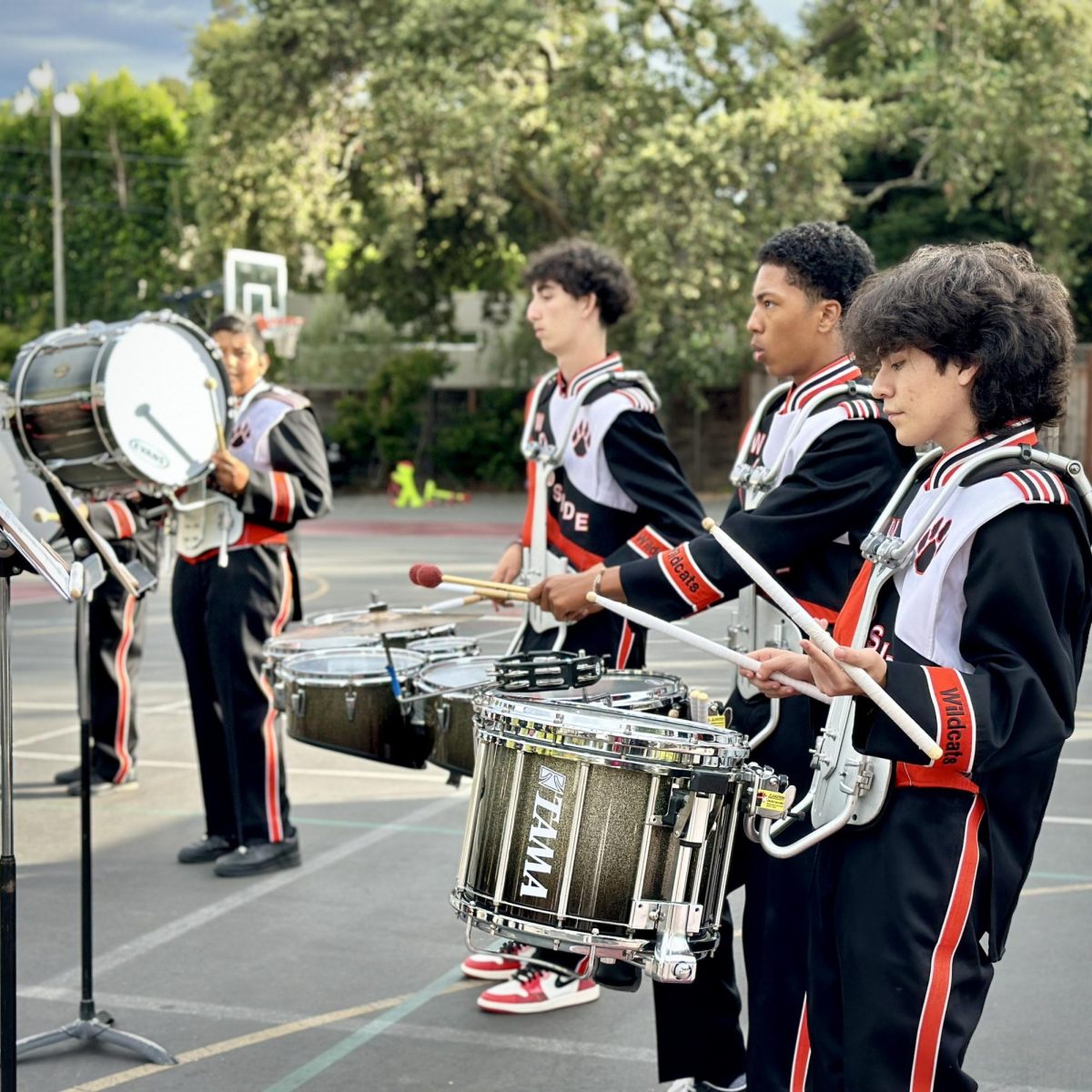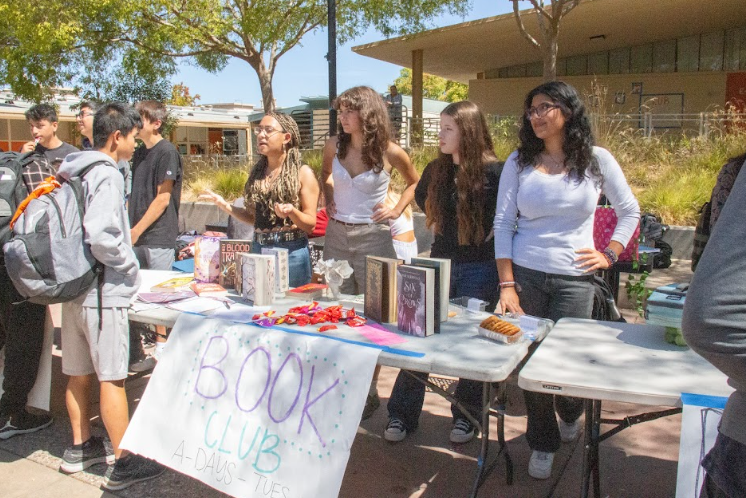70 years ago the Supreme Court made the historic decision to make it illegal to segregate public schools on the basis of race with the Brown v. Board of Education case. Yet, schools still experience stark racial and socioeconomic division within the classroom setting. Why? Tracked classes.
In tracked classes, students are separated by academic ability into regular and advanced courses. Over the past couple of years, Woodside has worked to “detrack” many core classes, specifically English I. Starting in September 2022, Woodside merged AS English I and English I to create a common English I class for all incoming 9th graders. Unsurprisingly, this was met with immense criticism from the community.
Diversity:
As a product of AS English I, I know firsthand the faults of the program. Stepping through the threshold of my English classroom on my first day of high school, I was greeted by a sea of white faces. More importantly, I was saying hello to many familiar faces from my middle school. At Woodside, where 47.5% of the population is Hispanic and over 25 middle schools feed into it, why wasn’t this being reflected in my core freshman classes that were the building blocks for the rest of my high school career?
From the moment I entered a classroom at Woodside, the lack of diversity that permeated advanced classes made a detrimental impact on my education. Rather than gaining diverse perspectives on the curriculum, I was interacting with the same individuals I had been with for the four years of middle school. While teachers had developed an English curriculum that incorporated authors and short stories from various backgrounds, this became irrelevant among classrooms that lacked the diversity to truly analyze the content from multifaceted perspectives.
Within a heterogenous English I class, students are able to engage in discussions about the material with a diverse group of students from various racial, socioeconomic, and feeder school backgrounds.
“I’d say that my favorite part of English class is when we have whole class discussions,” freshman Elliot Hopkins said. “I think it’s super interesting to see everyone’s perspective. It gives everyone an opportunity to speak, even the people who oftentimes wouldn’t be as outspoken.”
Academics:
Hopkins is a part of English teacher Elias Mooring’s English I class, where much of the curriculum mirrors AS English I with the same novels and short stories. Therefore, critics of detracking are wrong to believe that the curriculum has become less challenging. In actuality, teachers utilize differentiation in the classroom to meet students at their level.
Mooring, for instance, creates a “House Cup” system within his classes where students can complete additional assignments to earn “house points” and compete with their classmates. With these assignments, students can challenge, prepare, and motivate themselves for advanced classes.
“Those students are already intrinsically motivated anyway to do well,” Mooring said. “So what they’re after is my feedback and how they can do better in the future. It’s a win-win for everyone. The students [who need support can come to] tutorials and the kids who’ve [completed] their work get to work on other things that they’re interested in.”
According to the “Streamlining Course Offerings and Creating More Diverse Learning Environments to Increase Student Access and Sucess” study by the Sequoia Union High School District (SUHSD), students enrolled in the AS English I track in previous years had a higher pass rate compared to students in the English I class. However, with the combined English I classes, students from last year had a 95% pass rate in the second semester. This pass rate was similar to the previous year’s AS English I classes. As a result, more students are prepared for future high school English classes and have the confidence to take advanced classes knowing that they performed well in their English I class.
“Overall, the kids were really prepared,” English II and III teacher Nicole Taylor said. “Their reading comprehension was on point, they were very impressive. So whatever they’re doing in English I is working because the kids are coming in prepared and I heard the same thing with the AS English II classes. So I think it’s a good program.”
Accessibility:
But what happens after English I? With a heterogeneous class, SUHSD schools have increased enrollment in advanced courses such as Advanced Placement (AP) and International Baccalaureate (ICAP) classes. At Sequoia High School, the draft report by the SUHSD Board concluded that enrollment in the English II ICAP class for 10th graders increased significantly after the switch to a combined English I, to the point where “barely any students enrolled in [regular] English II.” Therefore, a singular English I class significantly increases the chance that students take advanced classes in the future, as proven by a school that has implemented this change much earlier than Woodside.
Compared to previous years’ distribution of socioeconomically disadvantaged (SED) students in English I and AS English I classes, Woodside has seen an increase in all students taking AS English II. In the 2021–22 school year, English I had 42.78% SED students while AS English I had 10.56% SED students. This significant gap illustrates how inaccessible AS English I was to incoming SED 9th graders. Consequently, students who do not take advanced classes during their freshman year will often take less advanced classes throughout the rest of high school. A decision that shapes the next four years of a student’s life should not be made freshman year when students and families often don’t have a comprehensive understanding of the school’s course offerings. A combined English I class eliminates this problem.
“Whereas normally the decision [to take AP or advanced classes is] left up to the counselor and the student has very little say and agency in what they’re able to do, the idea here is to give agency to the students, regardless of background, to make an informed decision,” Mooring said.
For students, the English I class provides a solid foundation that prepares them for future regular and advanced English courses. By having exposure to a variety of students and perspectives in a challenging environment, students can confidently make a decision about what English class to take sophomore and junior years.
“[English I] gives everyone the same opportunities when they start high school, no matter what middle school they come from,” Hopkins said. “This curriculum does a pretty good job at meeting everyone where they’re at, and it helps people who would otherwise be in disadvantaged situations.”
At the end of the day, SUHSD strives for equity, innovation, student well-being, and successful student outcomes. In order to achieve each of these goals, detracked classes must be implemented to provide diversity, accessibility, and comprehensive education for all students.
“We do not achieve any of these goals by disregarding the educational experts in our classrooms, our sites, and our District office and capitulating to a small, vocal group who want to preserve their status quo at the cost of improving the situation for all students,” Sequoia District Teachers Association President Edith Salvatore said.





















